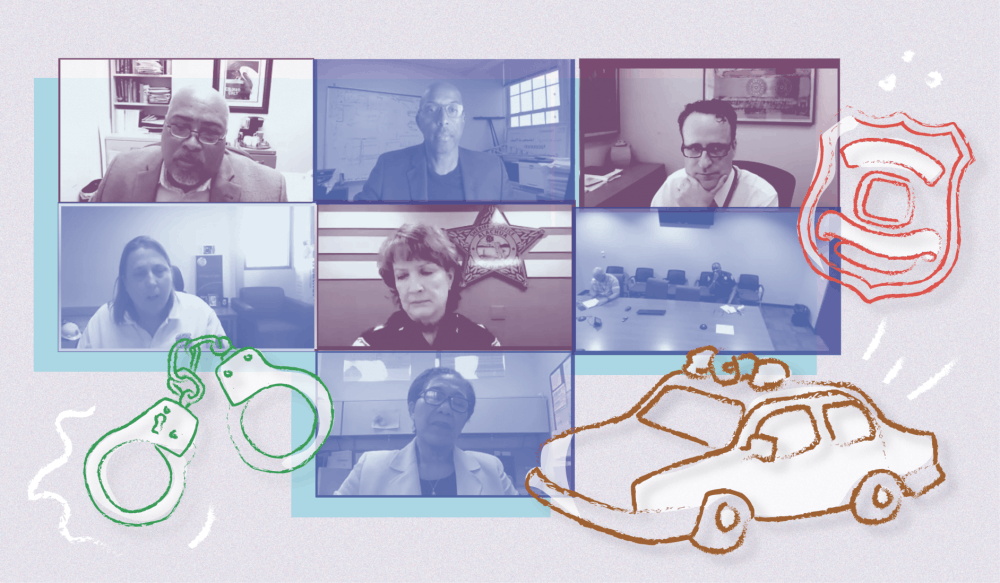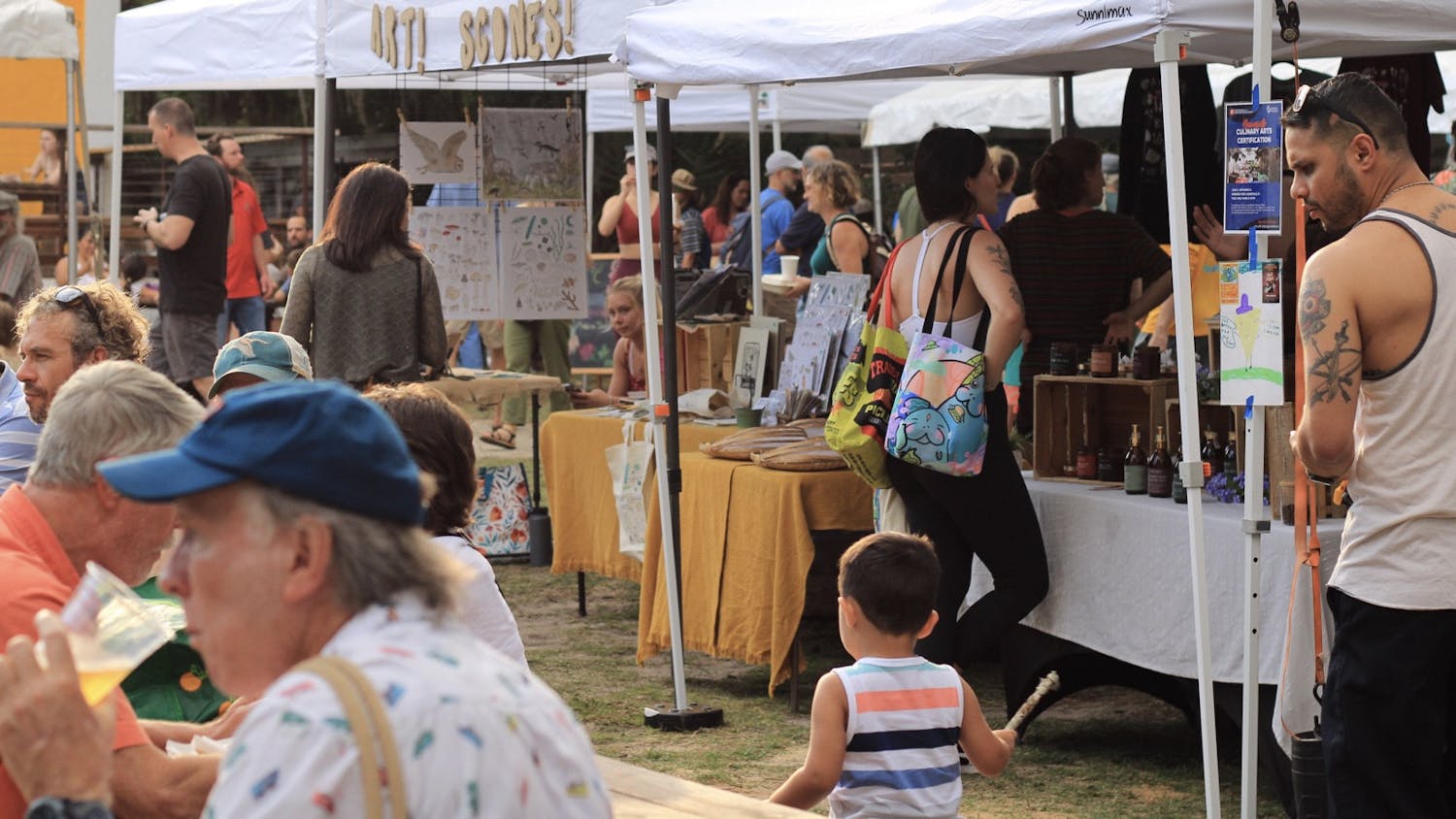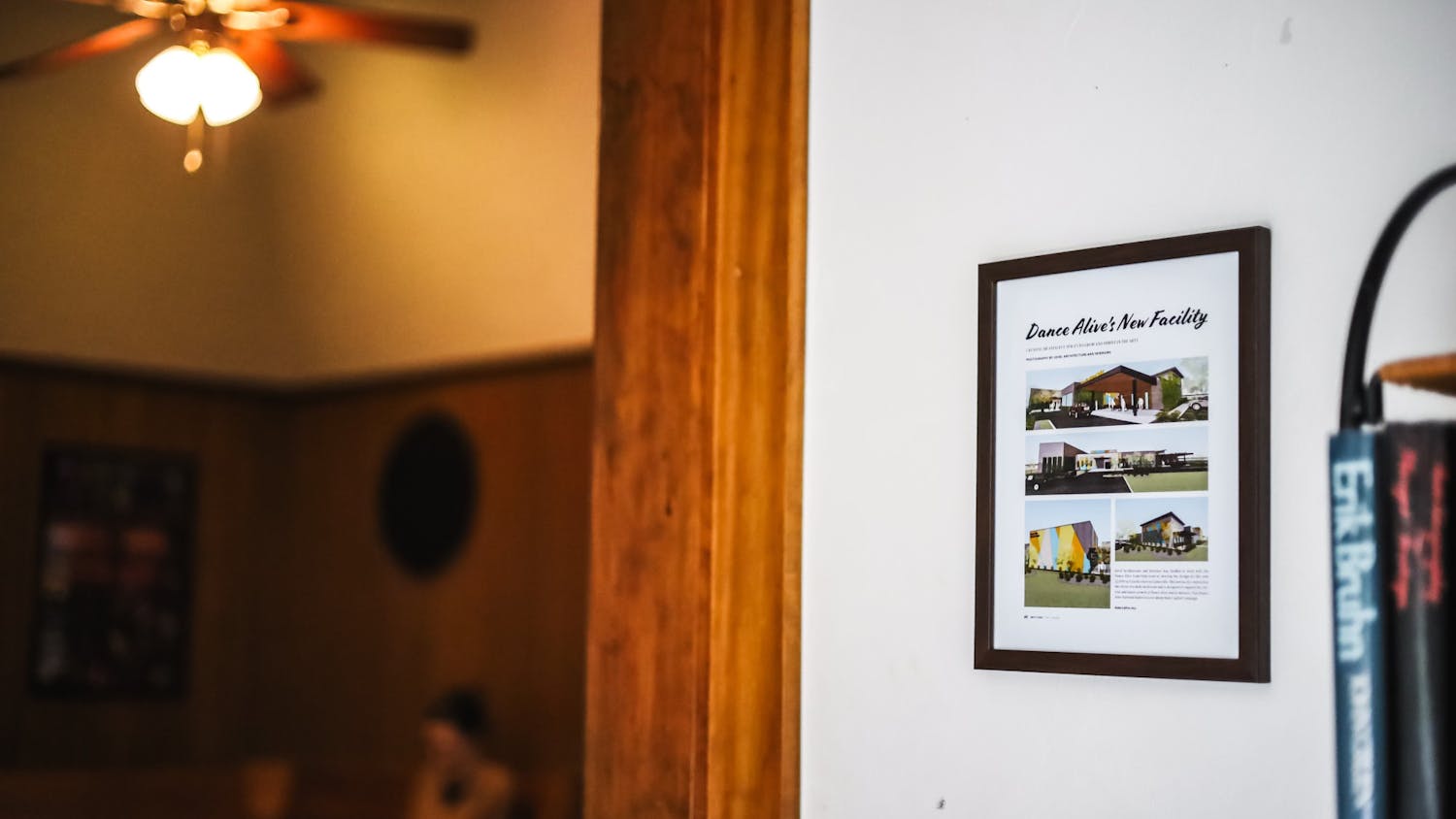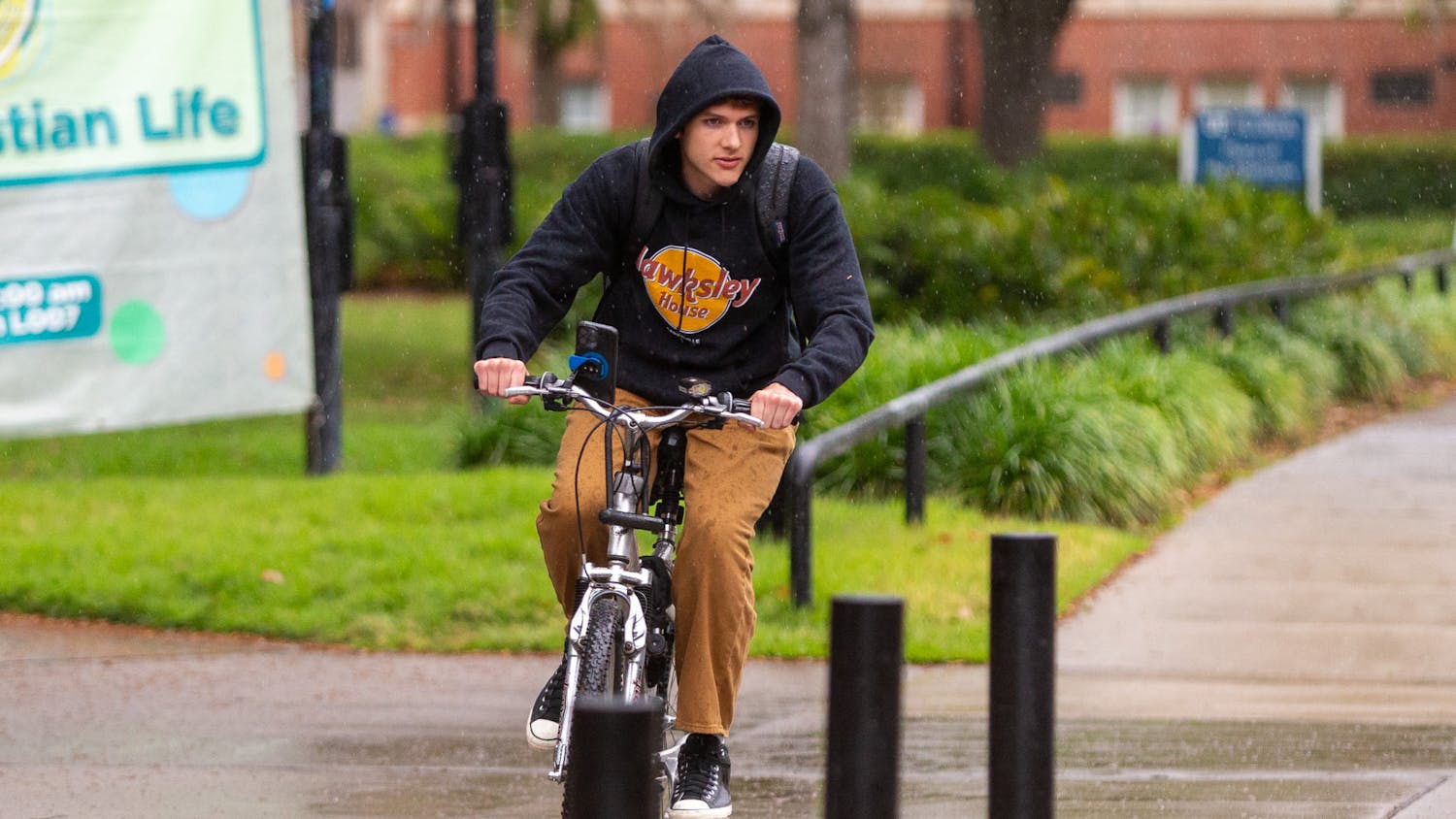
David Prevatt wants to know why UF students don’t know the officers who police them.
The associate professor at UF’s department of civil and coastal engineering joined a conversation with UPD Thursday afternoon in a UF Faculty Senate meeting about the department’s use of force and community relations. The Senate, a faculty-led organization that advocates for academic freedom and responsibility at UF, hosted the discussions on Zoom.
The goal of the event was to foster an “open dialogue” between the community and local police leaders, according to the UF Faculty Senate website. A panel of three UF faculty members and three community police leaders, Alachua County Sheriff Sadie Darnell, Gainesville Police Chief Tony Jones and University Police Chief Linda Stump-Kurnick, answered questions the public submitted before the event.
Prevatt said building personal connections with local officers can help mend community-police relations. As a Black man, he said he was apprehensive about police officers until he was able to connect with those in his area, including Jones.
“This is a two way street,” he said. “If I do not know my police officers, it is not just up to them to introduce themselves to me. I have to go across there.”
Donna Parker, UF Associate Dean of Diversity & Health Equity, opened the dialogue by asking the police panelists how they are working with their departments to gain the trust of the Black community and make them feel safe.
A Gainesville resident for 30 years, Parker said she has heard stories from other Black Gainesville residents including her family and students about negative experiences with the local law enforcement agencies, she said. She said she is scared to get pulled over.
Jones said he shares the concerns others have when interacting with law enforcement as a Black man. But there needs to be a better connection between police and their communities to break those barriers, he said.
“I want the officers to be a part of the community instead of being apart from the community,” he said.
Growing up in south Gainesville meant that if you saw a police officer walking by the window, you knew someone was going to walk out in handcuffs, Jones said.
Police should come to neighborhoods in non-emergency settings to build relationships with the community, he said. He doesn’t want people to expect handcuffs when they see an officer outside, he said.
Stump-Kurnick also said leaders of law enforcement across the country must do a better job of reflecting the values and concerns of their communities because their purpose is to protect the people. They should take direction from those they serve, she said.
She called for diversity in the police department and said it is critical to have a police department that shares the looks and values of the community.
Stump-Kurnick said UPD conducts training about implicit bias and preventing racism every few years. The latest session was after the death of George Floyd, she said. GPD is trained weekly and continuously in topics such as mental health first aid and communicating with the community, Jones said.
“We are always looking for how we can train better,” he said. “In law enforcement, training is a continuous activity.”
The moderator, Michael Bowie, the UF Director of Community Engagement & Diversity Outreach, asked the law enforcement leaders if an organization outside of the department externally assess its protocols from a racial perspective.
All three said they do not currently have procedures to externally assess the department for racial issues in place. Darnell and Stump-Kurnick said an external assessment for racism is a good idea, but that it is not currently in use enough in the Alachua County Sheriff’s Office or UPD.
Jones said he has started addressing this by asking the Duval community to provide a racial equity assessment on GPD policies and protocols.
When asked how UPD decides when and how tasers are used with suspects, Stump-Kurnick said tasers used to be implemented too often in law enforcement. UPD has restricted when tasers can be used, she said.
Before, the taser was located low on the force continuum scale, which meant if someone resisted arrest or had an officer on top of them and continued to resist, it could be used on them, she said.
But UPD has seen the taser is a powerful tool to be used regularly by law enforcement, as it disables the person and officer, Stump-Kurnick said. In earlier law enforcement, the taser was promoted as a less-lethal tool to be used by officers.
As a result, UPD decided to move it higher in the force continuum scale, making it the last step before using weapons with more deadly force.
Darnell said law enforcement only goes into a situation using force if there is resistance. But facing resistance is not ideal or preferred, Darnell said, and it is not perfect.
She said the goal of de-escalation is to respond to an aggressive situation with an appropriate level of aggression, and this is what they hope to accomplish.
Prevatt said the UF law enforcement team is as much of the community as he is, and hopes others begin to include them.
“We cannot change the past, but we can change UF,” he said.





